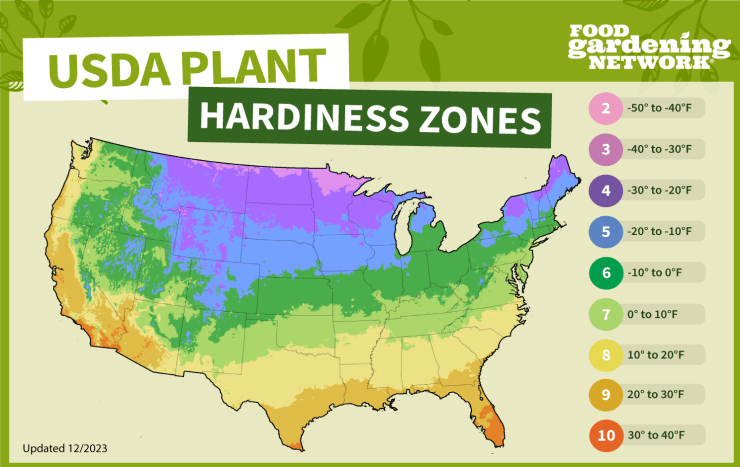Hot peppers (Capsicum spp.) are a fiery addition to any garden. Let’s explore their growing zones, both outdoors and indoors:
- Outdoor Growing Zones:
Hot peppers thrive in various USDA hardiness zones. Here are some examples of states within these zones:Zone 4: Includes parts of
- Minnesota
- Wisconsin
- Michigan
Zone 5: Encompasses regions like
- Illinois
- Ohio
- Pennsylvania
Zone 8: Covers areas such as
- Georgia
- Alabama
- Louisiana
Zone 10: Includes regions like
- Hawaii
- Puerto Rico
- South Texas
If you’re in Zone 9b, which includes warm regions, you can grow hot peppers outdoors with success. This zone covers areas with mild winters and hot summers, making it ideal for pepper cultivation.
- Indoor Cultivation:
Yes, you can grow hot peppers indoors! Here’s how:- Germinating Seeds:
- Start with the paper towel method:
- Soak seeds in a 50/50 mixture of water and hydrogen peroxide to kill any bacteria.
- Then soak seeds in a seed germination accelerator.
- Place seeds on a damp paper towel inside a zip-lock bag, creating a humid environment.
- Keep the bag on a heat mat set to around 85°F (29.4°C).
- Be patient—germination can take 14 to 30+ days.
- Transplanting:
- As soon as seeds sprout, transplant them into cell trays or small pots with fresh potting soil.
- Bury the seed about 1/4″ deep with the root pointing down.
- Water adequately and provide ventilation.
- Growing Conditions:
- Place your potted hot pepper plants near a sunny window, ensuring they receive at least 8 hours of full sun per day.
- Use well-draining potting mix.
- Wait until night temperatures remain above 50°F (10°C) before moving them outdoors.
- Consider using a greenhouse if you’re in colder climates.
- Germinating Seeds:
Whether you choose outdoor or indoor cultivation, hot peppers will add a spicy kick to your culinary adventures!
Check out the USDA Plant Hardiness Zone Map and find out what zone your zip code is located in here. Or you can use our map to get a general idea of what your plant hardiness zone is.



 Previous
Previous

